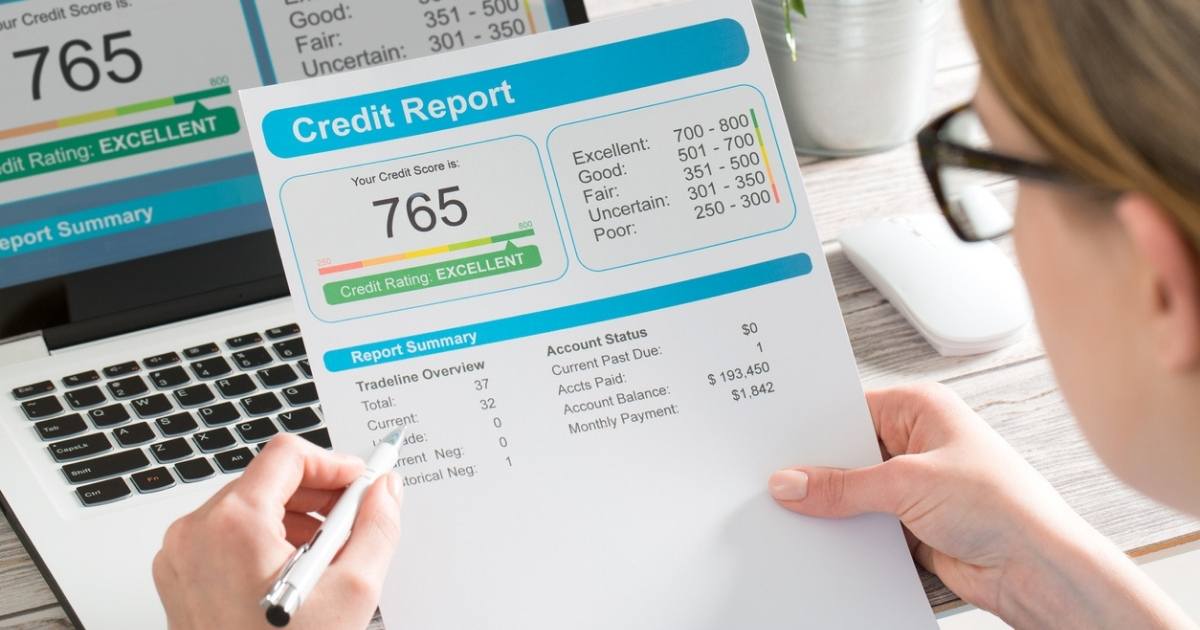When it comes to savings, insurance, retirement planning, taxes, and more, decisions you make before year’s end can affect you long-term. Because the end of the year tends to be a busy time for most people, it’s easy to miss out on opportunities and leave money on the table. This is why now is the best time to get started on year-end financial planning. Here are some end-of-year money moves you’ll want to consider before the hustle and bustle of the holiday season sets in.
Audit Your Finances
One of the best things you can do for your finances is to keep a close watch on your money—know where it is, where it’s going, where it’s growing, and how well you’re progressing towards your goals. You should make and keep a regular date on your calendar to review your plan and accounts, both personally and with your advisor.
Approaching the end of the year is an ideal time to look at things like your budget, costs, savings rates, debt, and spending plans. Are you where you thought you’d be this time last year? If not, what could you have done better or how did you exceed expectations? Take this moment as a learning opportunity to plot out your year to come.
Max Out Your Retirement Savings
Before the end of the year, take a look at your tax-advantaged retirement account contributions. If you can, max out the contributions to your 401(k), 403(b), or IRA. If you can’t meet the maximum amount, be sure to contribute as much as possible and at least enough to take full advantage of any matching funds offered by your employer—otherwise, you are leaving free money on the table.
Are you 50 or older, or will you turn 50 by December 31st? If so, you are eligible to make catch-up contributions to your 401(k), 403(b), or IRA on top of the regular maximum contributions.
Spend Wisely
Sometimes it makes sense to spend money to lower your tax exposure and get the most out of your employee benefits.
Flexible Spending Accounts (FSA) are typically based on a “use it or lose it” policy, so be sure to spend all of your FSA funds before the end of the year. Many people set the money aside with good intentions, but fail to spend it and end up actually losing money. If you’re not sure how to use it, review your policy; qualified medical expenses may include eye exams, dental, chiropractic care, massage therapy, over-the-counter medications, contact lenses, and even sunscreen.
Have you met your health insurance deductible? If so, get the most out of your coverage this year by scheduling elective surgeries, procedures, or screenings before the end of the year. This could be an ideal time to get a joint replacement, hernia repair, acupuncture treatment, colonoscopy, or hysterectomy with minimal out-of-pocket cost to you.
If you are self-employed or have a side business, keep a close watch on your taxable income and expenses to avoid a higher-than-expected tax bill. One way to lower your overall taxable income is to spend money now on business expenses that could benefit you in the future, such as equipment, supplies, training, or qualified travel.
Give Generously
Another way to reduce your taxable income is to give generously. Many people feel that if the government is going to collect the money anyway, they would rather ensure at least some of it goes where they wish.
If you have not already done so, begin planning your charitable contributions now. The Consolidated Appropriations Act, 2021 (the CAA), which extends the Coronavirus Aid, Relief, and Economic Security Act (the CARES Act) allows for an above-the-line deduction if you take the standard deduction and, if you itemize, an enhanced charitable contribution deduction.
You may also want to use your annual gift tax exclusion to lower your estate tax exposure. This allows you to give up to $16,000 to each of your beneficiaries each year without triggering a tax impact.
Revisit Your Employee Benefits
Employer open enrollment generally happens towards the end of the year. Use this time as an opportunity to review your benefits closely, take full advantage of any tax savings opportunities available to you, and see if you can save money by opting out of any available coverage you are not using.
You might be able to save money by participating in dependent care or health care flexible spending accounts. Compare the cost of your employer’s life insurance policy to a private plan and adjust accordingly. Run the numbers on policy premiums and coverage on health insurance offerings. In other words, don’t just accept the default or continue with the same benefits you have now without revisiting your options at the end of the year.
Review Your Tax Withholdings
While some people like getting a big tax refund back from the IRS each year, the reality is this means you’ve allowed the government to make money off of your money all year when you could’ve invested it yourself. You should be breaking even on your tax bill every year or owing just a small amount.
Examine your tax rates for next year against your expected income, credits, and planned deductions. Then use the IRS withholding estimator to see where you stand and adjust your withholdings accordingly. Now that you are keeping more of your own money in your paychecks throughout the year, you can put it to good use by paying down debt, saving, or investing. Don’t let another year go by lending your money interest-free to the IRS.
Adjust Your Portfolio
You may need to consider a tax loss or tax gains sale. At year-end, a tax-loss sale can work to your benefit. By ridding yourself of some of the losing holdings within your portfolio, those losses can be used to offset the equivalent amount in capital gains or allow for a tax break in ordinary income if your losses exceed your gains.
If you expect to be in the 0% tax bracket for long-term capital gains, tax-gain harvesting might be worth considering. This can reduce any tax bills that could come due if you are no longer in this bracket and allow you to rebalance or remove troublesome positions from your portfolio without triggering taxes on this repositioning. Talk to your financial professional to find out if this is something you should be doing.
It’s a Wrap
We’ve covered only some of the many money moves you may want to consider before the end of the year. Once the calendar year ends and deadlines pass, it’s a wrap! Use this time before the holidays to plan, take action, and get your financial house in order. By making important money moves before year’s end, you can save more money, expand your nest egg, protect your future, and make a difference.
Kevin Stoddard is a LPL Financial Advisor with Stoddard Financial in Medfield, Massachusetts. Stoddard helps clients throughout New England to identify, plan, and execute strategies designed for securing their desired financial future. With their Financial Wellness @ Work program, they engage, educate, and empower employees by helping them to understand and appreciate the value of their benefits package.
The opinions voiced in this material are for general information only and are not intended to provide specific advice or recommendations for any individual.
This information is not intended to be a substitute for specific individualized tax advice. We suggest that you discuss your specific tax issues with a qualified tax advisor.
This material was prepared by Crystal Marketing Solutions, LLC, and does not necessarily represent the views of the presenting party, nor their affiliates. This information has been derived from sources believed to be accurate and is intended merely for educational purposes, not as advice.

























































